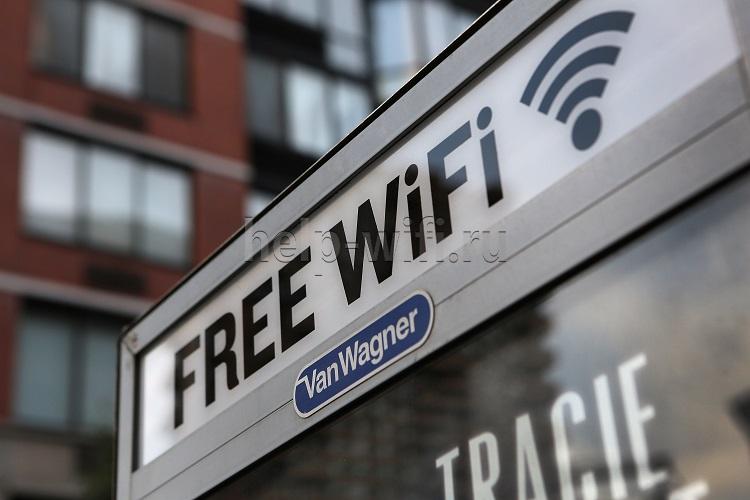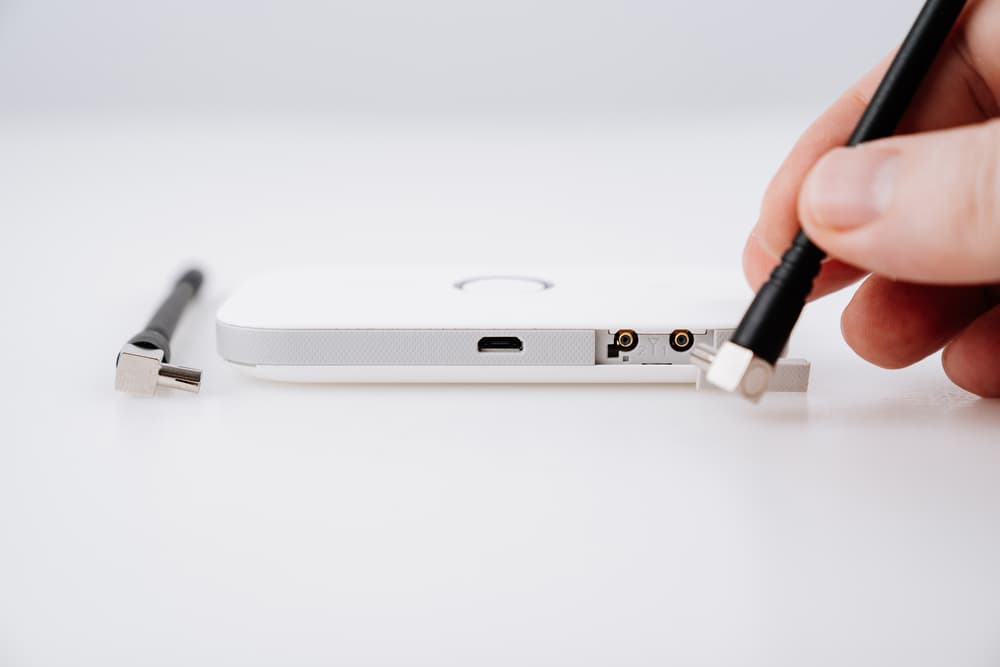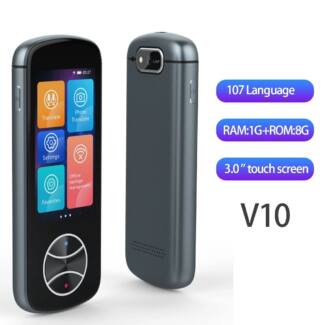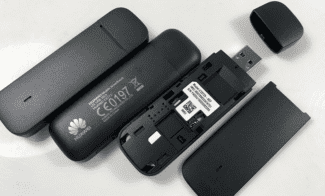This is a larger version of a network with an access point, where there is one device in the center that controls all the clients connected to it and connects those connections to the Internet.

- VoWiFi technology from a Wi-Fi perspective
- And now let's move on to the technical component
- What it is: the essence of the technology
- There is wifi – what does it mean
- How to run the Internet in an apartment without wires. Wireless ways to connect to the Internet
- Types of Wireless Internet. Wi-Fi routers with SIM card integration
- Connecting a Wi-Fi router through another Wi-Fi router
- How to get Internet into your apartment without wires
VoWiFi technology from a Wi-Fi perspective
We're used to cellular and Wi-Fi existing separately. But sometimes it happens – we get inside a room where there is definitely no cellular service, but there is Wi-Fi. At the same time, it's still possible to make phone calls. How does it work?
VoWiFi (Voice over Wi-Fi) is a technology that allows cellular users to make voice calls in areas where there is no cellular coverage, but there is Wi-Fi coverage. In order for it to work, you need the following:
Most Russian cellular carriers support VoWiFi. At the end of the article, there are links to instructions on how to enable this technology, as well as lists of supported devices. Manufacturers specify support for this technology in the specifications of the device.
If you are planning to change your smartphone, it is better to choose a device with both VoWiFi support and 802.11ax/ac support for the 5GHz band. First, they will be able to reach you even if you are "off the grid". And second, the 2.4 GHz band is extremely noisy, and it almost always has interference problems, which often causes Wi-Fi to "perform poorly" as opposed to the more "free" 5 GHz band.
When your smartphone registers on the network via VoWiFi, a corresponding indication appears in the status bar. Depending on the model of your smartphone, the display and icons may look different. In our case (Huawei smartphone), the icons in the status bar look like this:

In the picture above, both SIM cards are registered in the operator's network in two ways: both through the cellular network (signal strength indicators, one with an "R" icon – roaming) and through VoWiFi ("VoWiFi" icons). As a rule, when there is a VoWiFi connection, the name of the operator's network changes from "Operator" to "Operator-WiFi". In our case, the names are not displayed because there is not enough space in the status bar. Additional indication also appears on the call button, when calling and in the call list:
And now let's move on to the technical component
Let's take a closer look at VoWiFi traffic from a Wi-Fi network perspective. For the tests, we created an open Wi-Fi network without encryption and did a radio capture using Wireshark when a mobile device was connected to it.
WARNING: Just in case, let me remind you that in terms of information security, it is highly undesirable to use open networks in real life! Use key (PSK) or other security methods.
ePDG (Evolved Packet Data Gateway) gateway is an element of the cellular operator's infrastructure that allows a mobile device (smartphone) to establish a connection to the operator's network when connected through unprotected communication channels, including the internet. For security purposes the traffic between the mobile device and the ePDG is encapsulated in an IPSec tunnel and encrypted. After association with a Wi-Fi network and obtaining an IP address, the mobile device identifies the IP address of the cellular operator's ePDG gateway serving the SIM card. It uses a special kind of FQDN (domain name) regulated by 3GPP standards. Each cellular operator has a unique PLMN-Id (Public Land Mobile Network – identifier). This identifier includes the country code (Mobile Country Code, MCC) and the operator's network code (Mobile Network Code, MNC). These codes are unique, and for each operator the FQDN of the ePDG gateway will look like this:
The links contain lists of MCCs of different countries and MNCs of RF operators, and at the end of the article there are domain names and IP addresses of ePDG gateways of the largest RF operators. DNS response to this format address request contains one or more IP addresses of the ePDG gateway. If your smartphone has SIM cards of several operators that support VoWiFi, DNS requests are sent for each operator.
Next, the mobile device initiates an IPSec tunnel to the gateway at the address received from the DNS response. Below is a screenshot from Wireshark showing an example of establishing an IPSec tunnel between a smartphone and an ePDG. Host 192.a.b.c is the smartphone (VoWiFi client) and host 213.d.e.f is the mobile operator's ePDG gateway.
What it is: the essence of the technology
Wi-Fi is a technology for wireless data transmission within a local area network, carried out by devices based on the IEEE 802.11 standard. This is the official definition of Wi-Fi.
In simple words, "for dummies" – it is a technology of data transmission without wires, through the air, with the help of invisible radio waves. "Relatives" of wyfy – cellular, Bluetooth, radio. Before the advent of this technology, the Internet could only be connected by wires, through a cable.
By the way, the technology was invented in 1991. The first local wi-fi network connected cash registers with each other.
- The Internet cable is wired.
- The cable is connected to the router, with which the local network is created. Without it, it is impossible to use wi-fi.
- Various devices such as laptops, smartphones, televisions, etc. are connected to the router via a wireless network. This creates a local network with Internet access.

Wi-Fi is not equal to the Internet. The technology creates a local network in which different devices (laptops, printers, smartphones) can exchange data without access to the World Wide Web. By connecting to a provider (through a router, modem, access point), devices on this network get access to the Internet.
You can connect to Wi-Fi only if the network card of the device (laptop, smartphone, computer, etc.) supports wireless connection. Mobile devices and laptops have no problem with this, but computers are not always equipped with Wi-Fi support, and therefore can only connect to the local network of the router via LAN wires.
Read More:Hence the conclusion: Wi-Fi network is a local network of devices connected wirelessly to the router, which provides them with Internet access. The number of connected devices is limited by the technical parameters of the router.
There is wifi – what does it mean
If you see the sign "There is Wi-Fi" on the door of a cafe, park or club, it means that there is a powerful router, to which everyone can connect via smartphone, tablet or laptop. To do this, it is necessary to open the settings of the phone or other device, click on "Connections to Wi-Fi networks," select the desired one from the list of available networks. And you can use it.
Usually, the name of the public network is the word "free" and / or the name of the place that provides the access point. There is no lock on the network icon. You can connect to it without a password.
You can connect to public Wi-Fi for free or under certain conditions, such as viewing ads, subscribing to groups in social networks. Since public Wi-Fi networks (also called hot spots) are located in crowded places, the data transfer rate there is low and can fluctuate depending on the flow of people. For example, there is open Wi-Fi in the Moscow subway, in some cafes (for visitors), in airports and train stations.
Such an access point is not password-protected, so, theoretically, an intruder can hack it and gain access to any device on the network. In some countries, such as Singapore, open public Wi-Fi networks are severely restricted by law. But today's devices are tamper-proof, so the risk is low.
How to run the Internet in an apartment without wires. Wireless ways to connect to the Internet
You have two options for using a cable-free Wi-Fi router with high speeds.
A wireless private router allows us to connect to the Internet without having to use cables.
It is also more practical. For example, with Wi-Fi routers, we don't trip over cables or encounter other cable-related malfunctions.
We need wireless routers in order to have Internet access in our homes or places like:
It has become an important piece of equipment in our lives and an everyday necessity for Wireless Internet Wi-Fi.
Types of Wireless Internet. Wi-Fi routers with SIM card integration
There are Wi-Fi routers that can be purchased with a network provider along with a tariff. They do not require cables because they contain SIM cards with data plans.
These SIM cards serve as an Internet transmission point for computers.
Connecting a Wi-Fi router through another Wi-Fi router
Create a wireless Wi-Fi device using another Wi-Fi router connected via cable to the wired Internet. This will create a bridge between the two devices.
To do this, we will need two Wi-Fi routers. To access the second router, you need to enter the IP (Internet Protocol) address of the device into your browser.
We need to type it in where we normally type web addresses and then select Enter.
This is how we enter the configuration. Usually on the left side there is a menu with different functions. We need to go into the "Work Mode" function.
You now have a wireless connection to the wireless access point to the Internet.
Technically, the second home router doesn't use cable, but you still need cable to provide an Internet access point for the first router.
How to get Internet into your apartment without wires
- Find an Internet service provider. Depending on where you live, you'll have to deal with different Internet Service Providers (ISPs). You'll be lucky if you can even choose between two different companies. But if that's not the case in your area, study the offers carefully.
- Installing a modem and router signal. Internet service providers may send a specialist to connect your modem and router, but this is not always the case. Then you will have to do it yourself. Even if you have no experience with technology, it is usually a process with a few steps. How do I wire the Internet without cable? Choose a modem with a SIM card to connect wireless Internet access. Insert a SIM card with a tariff and 4G support in the slot, the router will connect automatically.
- Connect to the wireless internet.
We will highlight a few more tips on how to connect the Internet in the house without cable and what you need to have the Internet.
- Choose carefully what kind of wireless Internet connection. The coverage map (available at each provider's website) and feedback from subscribers who have already connected will tell you that.
- Do not look for other people's reviews on the web, but ask your neighbors what kind of wireless Internet is better to have in the house.
- Choose a powerful router with multiple antennas. The amount of wireless equipment will increase over time, it is better to buy a device that can withstand a high load.








